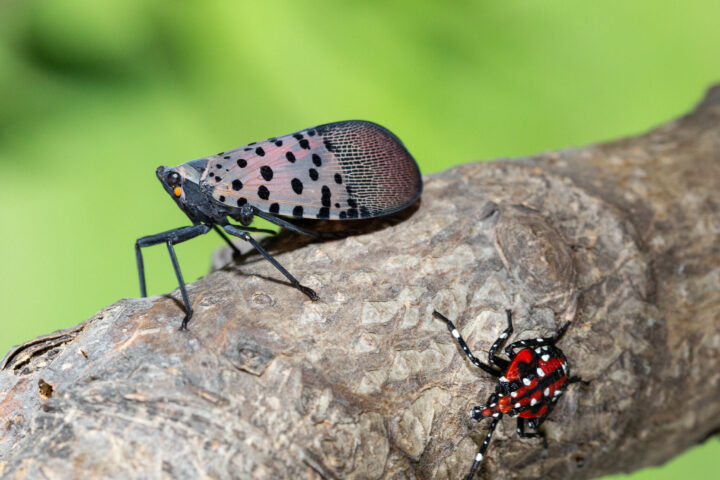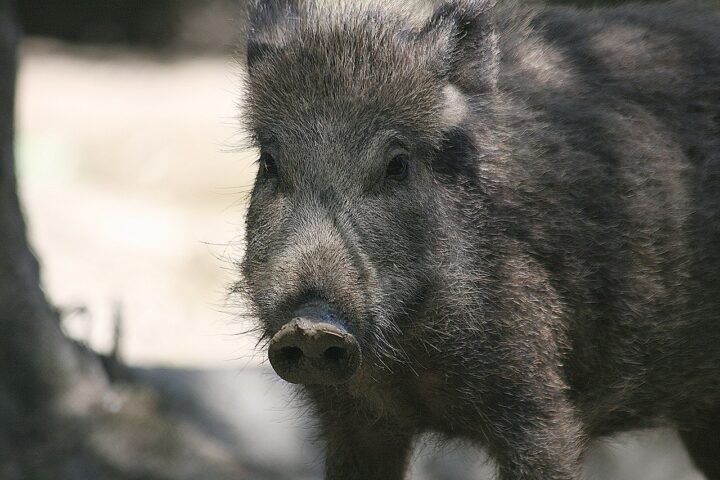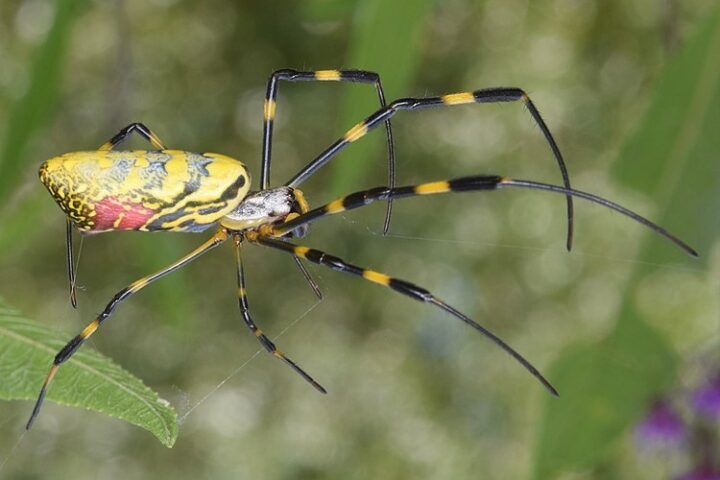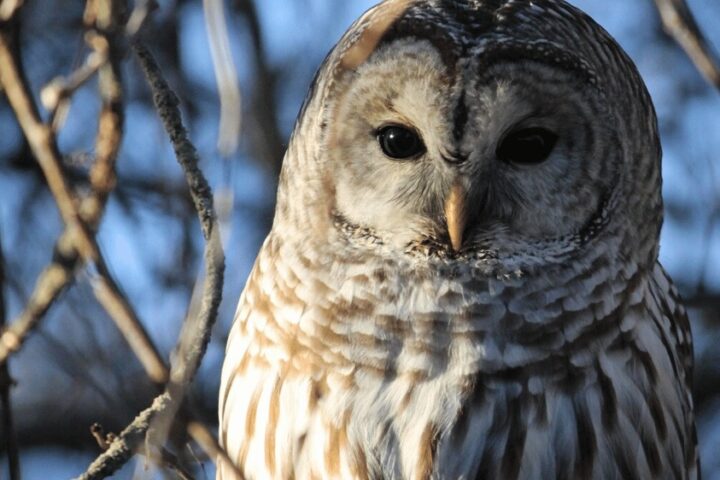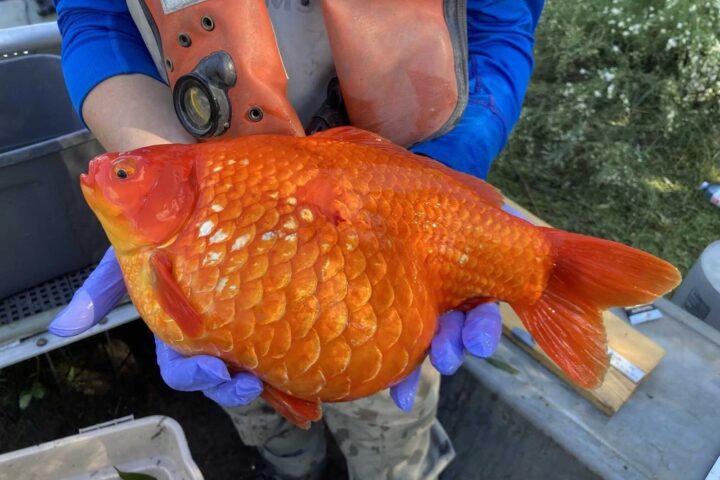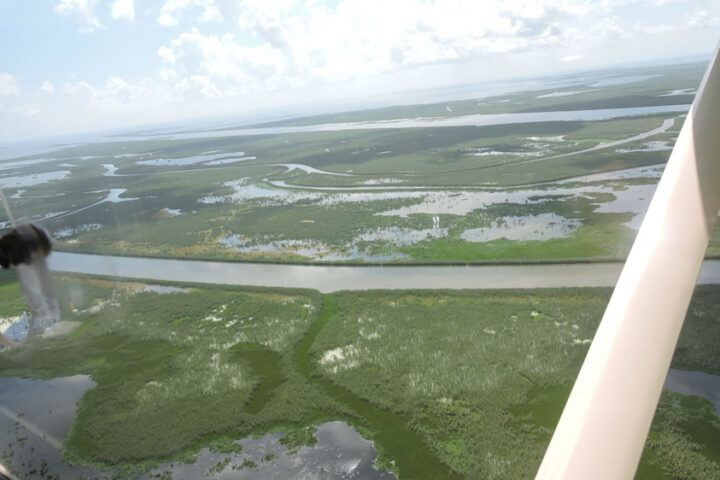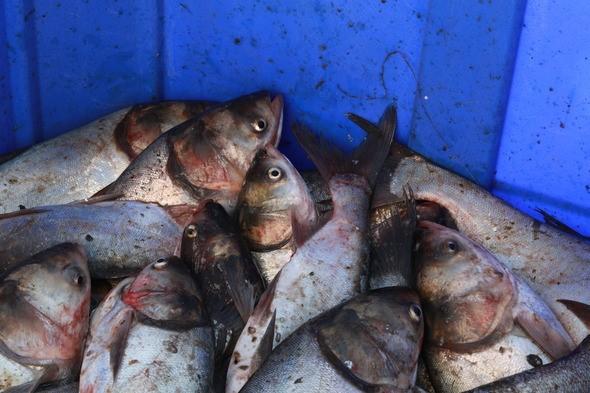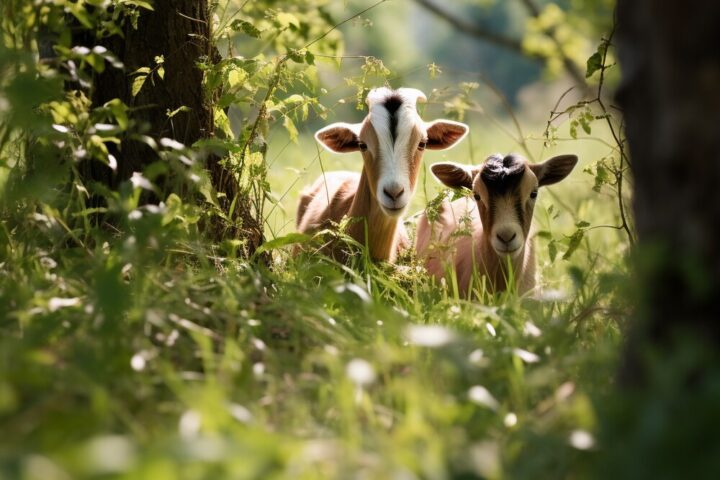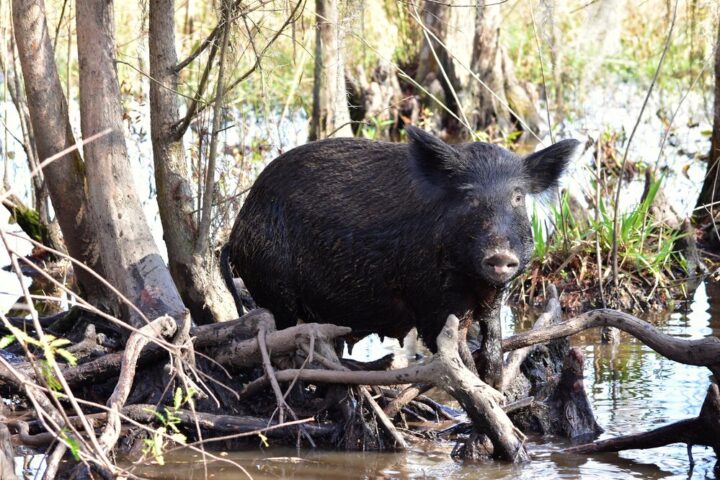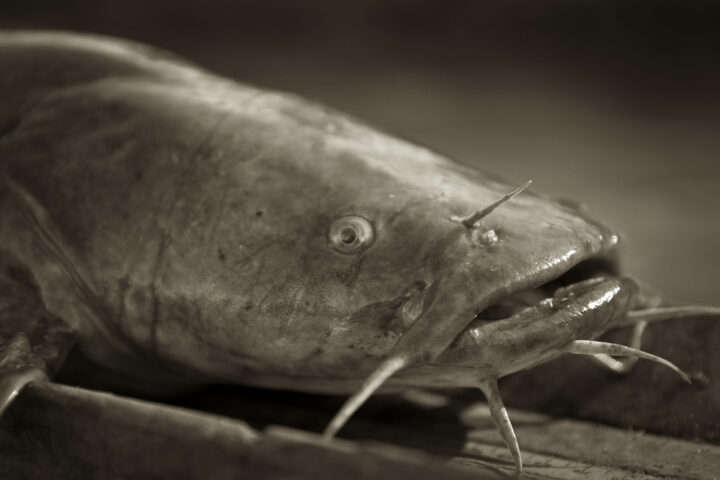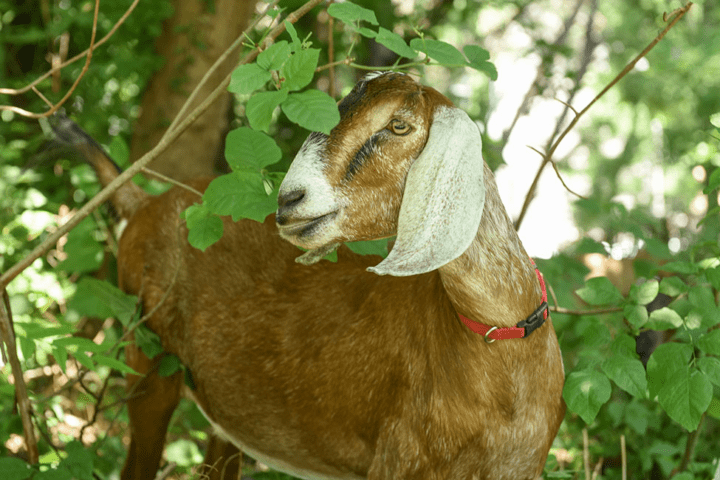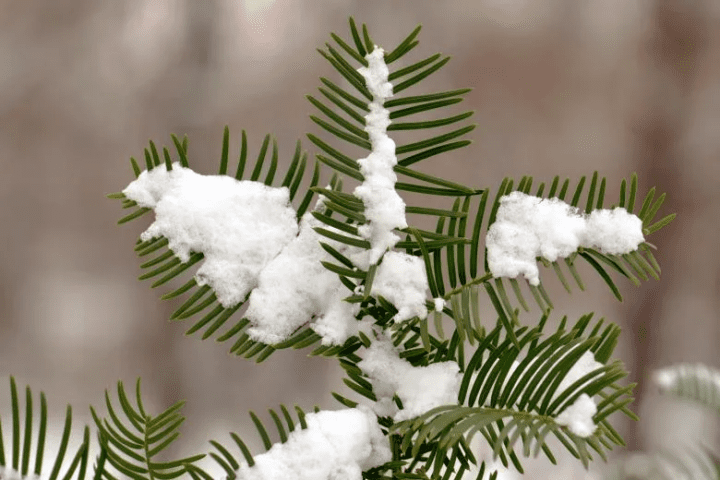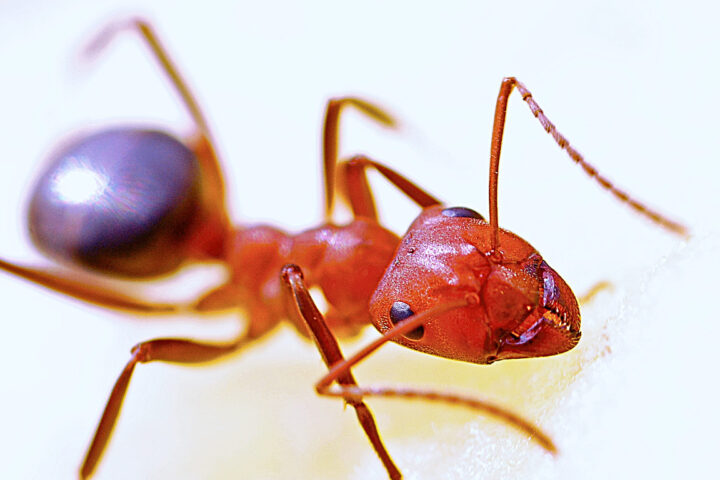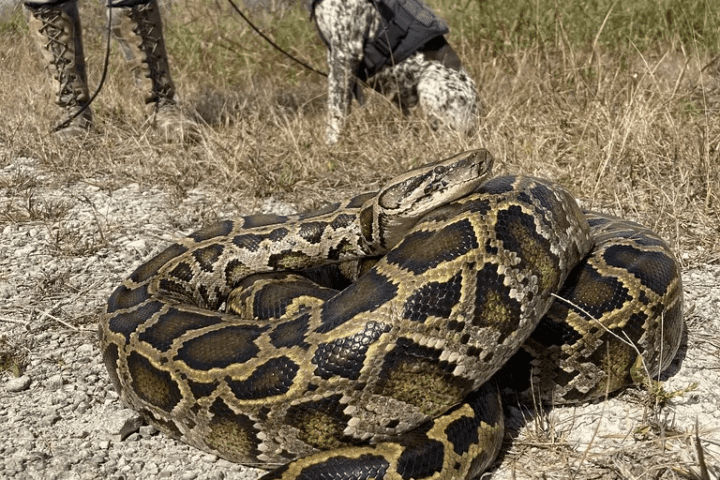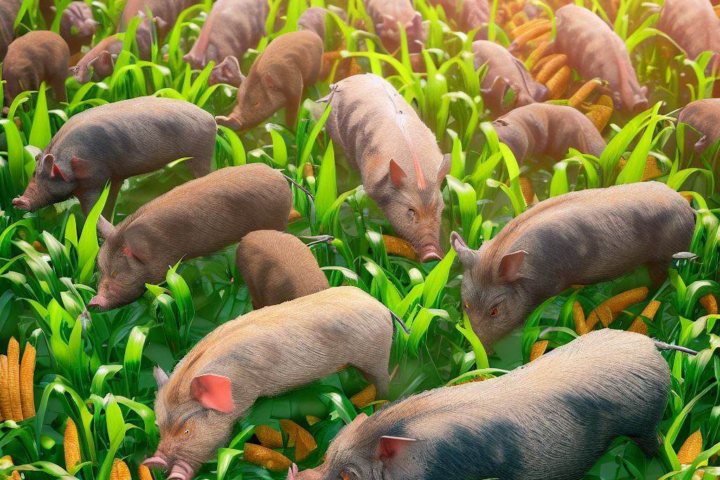In the forests of several counties, a silent, unassuming intruder is quietly rewriting the script of our soil’s story. The Asian jumping worm, a seemingly modest creature, is subtly yet profoundly reshaping the very foundation of our ecosystems, leaving a trail of altered soil and disrupted habitats in its wake. The Asian jumping worm, scientifically known as Amynthas, has been gradually extending its territory across various regions, including Adams County, Pennsylvania, and numerous counties in Indiana.
With a smooth, cloudy-white collar and a distinctive, snake-like slither, the jumping worm is more than just a benign visitor to its adopted territories. It’s a voracious consumer, stripping the soil of its life-giving nutrients, and leaving behind a barren landscape that resembles nothing more than spent coffee grounds.
Experts remind us of the importance of this issue, noting, it is a big deal and needs attention. While the worms may not be about to consume the Indiana landscape whole, they are a subtle yet significant concern, quietly altering the environment beneath our feet.
The impact of the jumping worm extends far beyond the visible transformation of the soil. It cascades through the ecosystem, affecting plant growth and, subsequently, the myriad organisms that rely on those plants for food and shelter. The disruption to native plant communities might also open the door for invasive plant species to take root, further destabilizing local ecosystems.
Similar Posts
Our role in the spread of jumping worms is unintentionally significant. Their spread is not merely a natural expansion but is expedited by our gardening activities and the movement of potted plants, mulch, and soil. Addressing the jumping worm issue requires a delicate balance of prevention, management, and ongoing research into control methods. Current wisdom from Purdue researchers suggests sourcing soil and compost from trusted suppliers to minimize the risk of introducing these subtle invaders into new areas.
In the face of an infestation, management strategies include the careful removal of the worms and adjustments to soil management practices to minimize their impact. However, these methods are hands-on and may not be feasible on a larger scale. Thus, research into biological control and chemical management options is blossoming, though such solutions may not be available for several years.
The tale of the jumping worm is a gentle reminder of the interconnectedness of our ecosystems and the profound, often unseen impact that a single species can have on its environment. It underscores the importance of vigilant monitoring, research, and management to mitigate the impacts of invasive species and safeguard the integrity of our ecosystems.
In the digital world, spreading awareness about the jumping worms and their distinctive characteristics is crucial. Engaging content, peppered with keywords like ‘jumping worm characteristics’, ‘soil management’, and ‘invasive species control’, can elevate the visibility of this issue, ensuring that gardeners, farmers, and the public are armed with the knowledge to identify and respond to potential infestations.
The unfolding story of the jumping worm invasion is not merely a tale of an exotic species in new territories but is emblematic of the broader challenges faced in managing invasive species in our globalized world. It is a call to action for researchers, policymakers, and the public to collaboratively navigate the complex, intertwined relationships within our ecosystems, ensuring their preservation for future generations.
